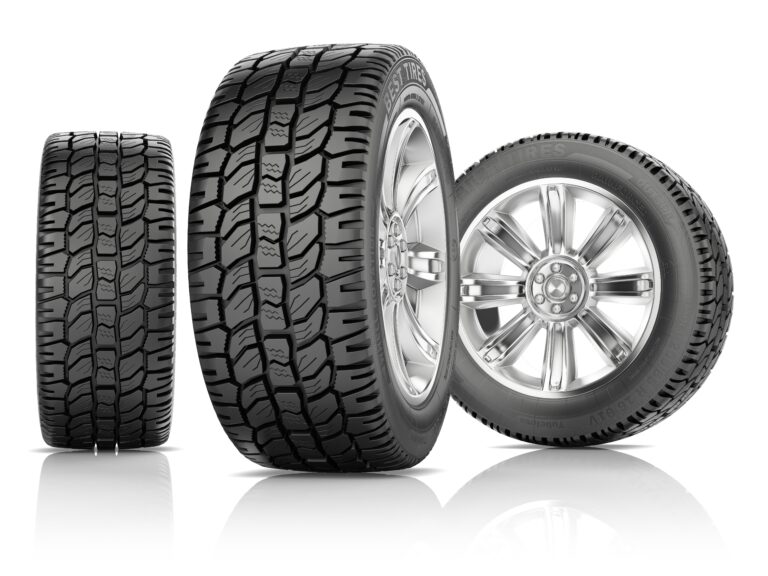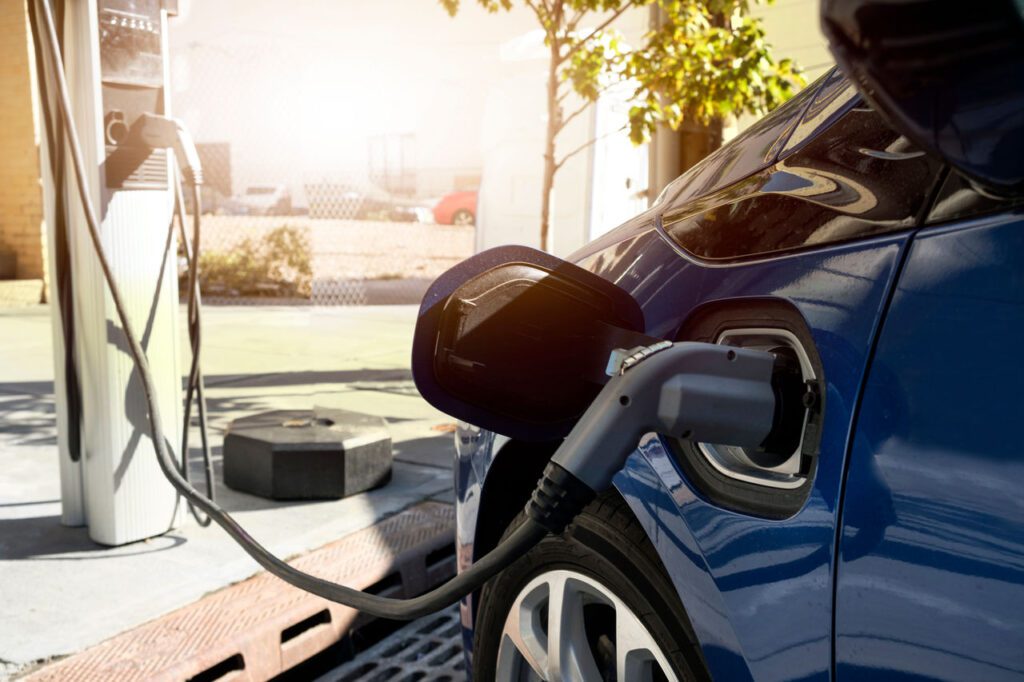
Rubber companies have for decades produced specific tires for different conditions and driving style, for instance, high-performance low-profile for sports cars and sport sedans, big balloon knobby for off-road trucks, and all-season high mileage for the family sedan and SUV. EVs require specially designed tires to provide adequate safety, performance and longevity.
The large battery packs used for propulsion on EVs make them extremely heavy, generally 25 to 50 percent heavier than their internal combustion counterparts. Consider the bestselling vehicle in the world, the Ford F-150 pickup truck. The 5.0-liter V8 super cab version tips the scales at 4,941 pounds, according to Ford’s website. The Lightning electric model weighs 6,855 pounds, nearly a ton more than the gasoline model. The Genesis Electrified G80 sedan comes in at a svelte 5,047 pounds, 550 pounds more than the identical gasoline vehicle. And the Chevrolet Bolt EV, a diminutive economy-oriented electric vehicle, weighs 200 pounds more than the Cadillac CT4 Sport all-wheel-drive gasoline-powered sedan, a vehicle that’s 2 feet longer and a half-foot taller. The extreme heft of these vehicles is a major factor that must be considered in the design and construction of their EV tires.
Another is the instantaneous torque, or twisting force, of electric motors. Unlike gasoline engines that take time to rev up to their peak power, flip a switch and the electric motor is at full power immediately. Think of your kitchen blender used to make a frozen beverage that goes from off to “ice crush” as soon as you press the button. That rapid power delivery in an EV puts a significant strain on tires.
Also, many drivers point to the limited range of EVs as a barrier to purchase. And since the rolling resistance of tires uses up to 30 percent of the energy used to move a vehicle, EV tires must create as little resistance as possible to help them go as far as possible on a charge.
To deal with the extreme weight, EV tires have a higher load index. If you look at the information embossed on a tire’s sidewall, you will see “max load” with a number alongside, usually well over 1,000 pounds. This is the amount of weight an individual tire can support. Manufacturers build EV tires with a higher max load capacity by using stronger more robust materials to increase lateral and cornering rigidity. The improved stiffness helps support the weight of the vehicle going straight and especially in turns where the extra bulk could make a normal tire peel off the wheel. The challenge for a tiremaker is to achieve the extra stiffness without making the EV ride like a buckboard.
Tread design is also important for EVs. The seemingly random pattern is carefully engineered to deal with extra weight by spreading the ground pressure evenly, which also helps the tire last longer. EV tires wear usually 20 percent faster than normal. Designers deal with the instant torque of an EV by incorporating a stiff, wider center rib pattern in the tread to reduce the tire’s tendency to spin. Hot-rodders who enjoy smoky burnouts may lament this trait. Interlocking grooves in the tread pattern help compensate for the higher wear and increased torque and help reduce hydroplaning.
If you have been by the roadside when a pickup truck set up for off-roading drives by, you probably noticed the noise coming from the big tires with the aggressive tread pattern designed to bite into dirt and mud. On the truck with a big engine and loud exhaust, all the tread noise is no big deal. But the only noise an EV creates is a ruffling as the vehicle slips through the air. Noisy tires would tend to spoil the experience the EV driver paid (usually a lot) for. Noise-absorbing material is used in the construction of the carcass of the tire to lessen any sounds it might create. Patterns are etched on the tread blocks to reduce noise, and even how the air flows around the tread is analyzed to help reduce any noisy intrusions.
All this extra effort would be for naught if the tire were not properly inflated, which is a serious problem on the road these days. A government study years ago found that fully one-third of vehicles have at least one improperly inflated tire, with that improper inflation tending toward underinflation. An underinflated tire creates extra rolling resistance, ruining fuel economy, and can overheat and fail catastrophically, known as a blowout, a very serious safety situation.
Increased tire pressure is another method used by engineers to give EV tires the strength and support they need. The typical tire on a gasoline engine vehicle usually needs 30 to 32 pounds per square inch of pressure for proper inflation. Most EV tires must be pumped up to over 40 psi. The upscale version of the EV Ford Lightning requires 42 psi to be properly inflated. Most drivers never check their tire pressure and probably don’t know how. They will have to if they are to remain safe and get maximum performance from an electric vehicle.
An EV driver might rely solely on the load rating as their guide to selecting a new set of tires. But doing so would have them miss all the extra features in tires designed specifically for battery powered vehicles. As of this writing, Pirelli and Continental designate their EV tires with a symbol on the sidewall. Drivers must thoroughly research which tires to use when they seek to buy a set for their EV. Failing to do so could prove costly and lead to serious compromises in safety.
Tire prices vary wildly, so it’s difficult to make a comparison between a dedicated EV tire and a non-dedicated EV tire that happens to be the same size.
One could easily spend more on non-EV tires from a premium manufacturer like Pirelli or Michelin, than on an EV-specific tire from a lower-echelon maker like Hankook. My research found that a set of regular tires for a gasoline Ford F-150 could run $900 to $1,300 from a lower-level supplier. Dedicated EV tires for the electric Lightning from Michelin and Pirelli ran $1,700 to $1,900.
A factor that could make EV tires more expensive over time is that they may need to be replaced more often. The weight and performance of EVs can wear out tires quickly, sometimes lasting only 10,000 to 20,000 miles. For comparison, my gas-powered pickup truck has 60,000 miles on its current set of tires with plenty tread depth remaining.
Maintenance is essential to getting as much life as possible from any tires. Proper inflation and regular rotation helps them last. EV drivers should also exercise restraint when accelerating and cornering.
AAA’s Recommendation: Whether you own an electric vehicle or a gas-powered car is up to you – and you should consider lots of factors in making that choice. No matter what type of vehicle you’re choosing, we recommend visiting a dealership, test driving one, and asking as many questions as possible to make an informed decision.


















